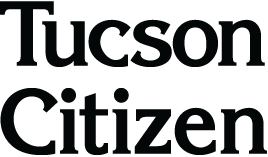The city of Scottsdale has made a $2 million profit in the two years it has been operating speed enforcement cameras on the Loop 101 freeway through the city.
The program has also brought in $5.4 million in state surcharges and $1 million more for Scottsdale’s court enhancement fund, according to city figures through February.
More than 200,000 citations have been issued since the program along an 8-mile stretch of the highway began in February 2006.
Initially a pilot program, it has been repeatedly extended and its results cited as one reason for a statewide plan for photo enforcement now being pushed by Gov. Janet Napolitano.
In the two years, including a four-month stretch where the system was turned off, 430,000 drivers were detected speeding and 47 percent, or 203,191, were issued citations, according to Scottsdale and the Department of Public Safety.
Tickets aren’t issued when the driver cannot be identified or does not match the car’s registration.
“It is a lot, but I think a lot of people do speed,” said Julia Reeve of Scottsdale, who travels the Loop 101 regularly. “The numbers don’t lie.”
“Money, money, that’s all it is,” Brad Slade of Scottsdale said of the cameras.
The money is a big draw, although officials tout the safety aspects of photo enforcement programs.
Napolitano’s proposed state budget for the next fiscal year includes $90 million of new revenue from camera-produced citations.
Three photo enforcement companies have submitted proposals for the statewide contract that would place cameras at up to 170 locations.
The plan is to use a combination of red-light cameras at up to 30 intersections, fixed-speed cameras in 90 locations, 40 mobile speed vans and 10 mobile red-light vans.

